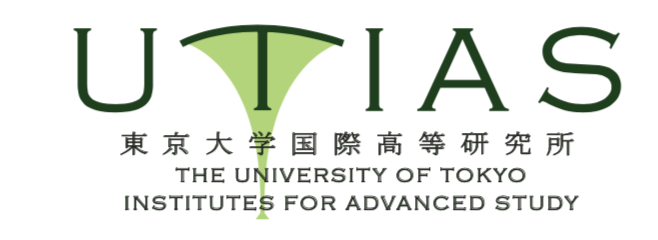Date: December 21, 2018 15:00-16:00
Venue: IRCN Seminar Room@13F, Faculty of Medicine Experimental Research Building, School of Medicine, Hongo Campus
Speaker: Zenas C. Chao
Junior Associate Professor
Department of Neuroscience / Center for Medical Education
Kyoto University
Registration: Please register from here.
For more information: IRCN iTeam international.ircn@gs.mail.u-tokyo.ac.jp
Abstract:
The predictive-coding theory proposes that cortical areas of different hierarchical levels continuously generate and update predictions of sensory inputs, and emit prediction-error signals when the predicted and actual sensory inputs differ. This theory offers a unified model of perception and action, stating that the brain’s primary objective is to minimize prediction errors, either by adjusting predictions via learning or moving the body to explore the sensory space. In a recent study of auditory sequence processing, we identified prediction and prediction-error signals and their interactions across hierarchies by using unbiased data-driven analyses and large-scale electrocorticography (ECoG) in monkeys. Our findings provide strong support for the hierarchical processing in predictive coding and outline how it is dynamically implemented using distinct cortical areas and frequency channels.
Details are below or click here(PDF).



